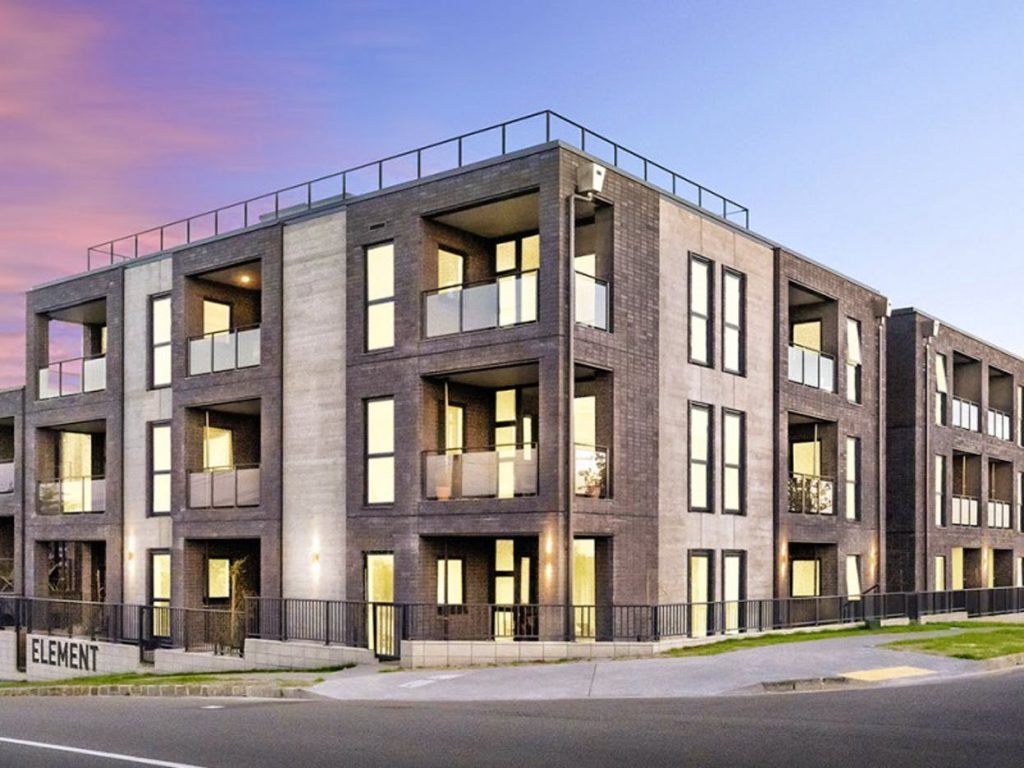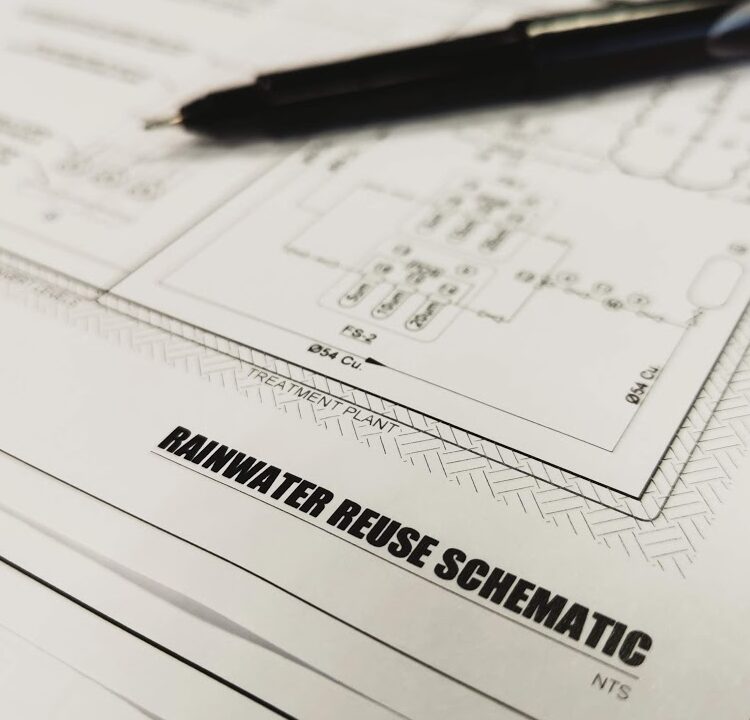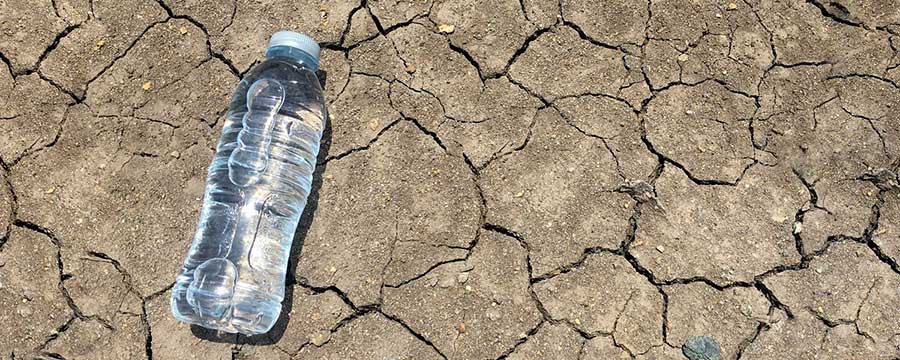With dam levels at a record low, no rain in sight and a drought that’s lasted over a year, Aucklanders are collectively weeping buckets. With drier summers predicted and city infrastructure woefully inadequate for demand, how can designers reduce water wastage and create less thirsty buildings for the future? This is a hot topic for anyone planning new builds or refurbishments in Auckland, so I asked 22 Degrees Hydraulics Team Leader, Josh this question.
What Do We Do?
He explained there are many small design changes which can result in big savings over time. There is also more ‘outside the box’ ideas like putting in your own water bore or rainwater harvesting to create greater self-sufficiency and reduced water costs.

Element Apartments in Ellerslie incorporates a stormwater and water conservation management system. Two huge underground tanks collect rainwater from rooftops and gardens to treat, filter and recycle water for drinking and general use amongst the 35 apartments. Josh and the 22 Degrees team helped develop the water systems design for the complex which opened for business in February this year. New residents must be counting their lucky stars of late – with water restrictions still in force for all Auckland city residents.
Worth the Cost?
“While the up-front costs can be significant, the sustainable benefits will appeal hugely to long term building owners” explains Josh. “Advising on ‘cost v return’ and designing a bespoke system is where a consultant earns their fee”. For cost conscious developers it may not seem worth the investment but discerning purchasers are increasingly drawn to sustainable, environmentally friendly solutions which offer long term gains.

Pre 2020, water bores may have been discounted as too difficult or expensive but recent water shortages have seen interest grow in the feasibility of a bore for drinking, irrigation and general use.
“There’s a bit more to it than getting out your divining rod though,” says Josh. A feasibility assessment will be needed plus liaison with Council which might include aspects ranging from the bore itself, to drain and tank set up, geology, proposed water use, and environmental impact.
There is a lot to consider but Josh expects increased uptake. Looking out the window today he expects more developers to consider a water bore for their next project and he suggests they give him a call.
Little Changes Make A Big Difference
As for those small design changes which produce savings long term, Josh rattled off a catalogue of options including efficient and waterless urinals, intelligent positioning of motion sensors for automatic water flow, effective flow restrictors which don’t reduce pressure, and hot water cylinder placement which reduces water wastage while hot water traverses a building to arrive at the faucet. While each item seems minor, collectively these small changes can result in big increases in water efficiency, less waste and major cost savings.
“You can’t just paint by numbers, you need to fully engage with a project to give your client pragmatic, sustainable options,” says Josh. “This drought has proven we can’t assume water will be a boundless resource forever and we must plan for that.”

